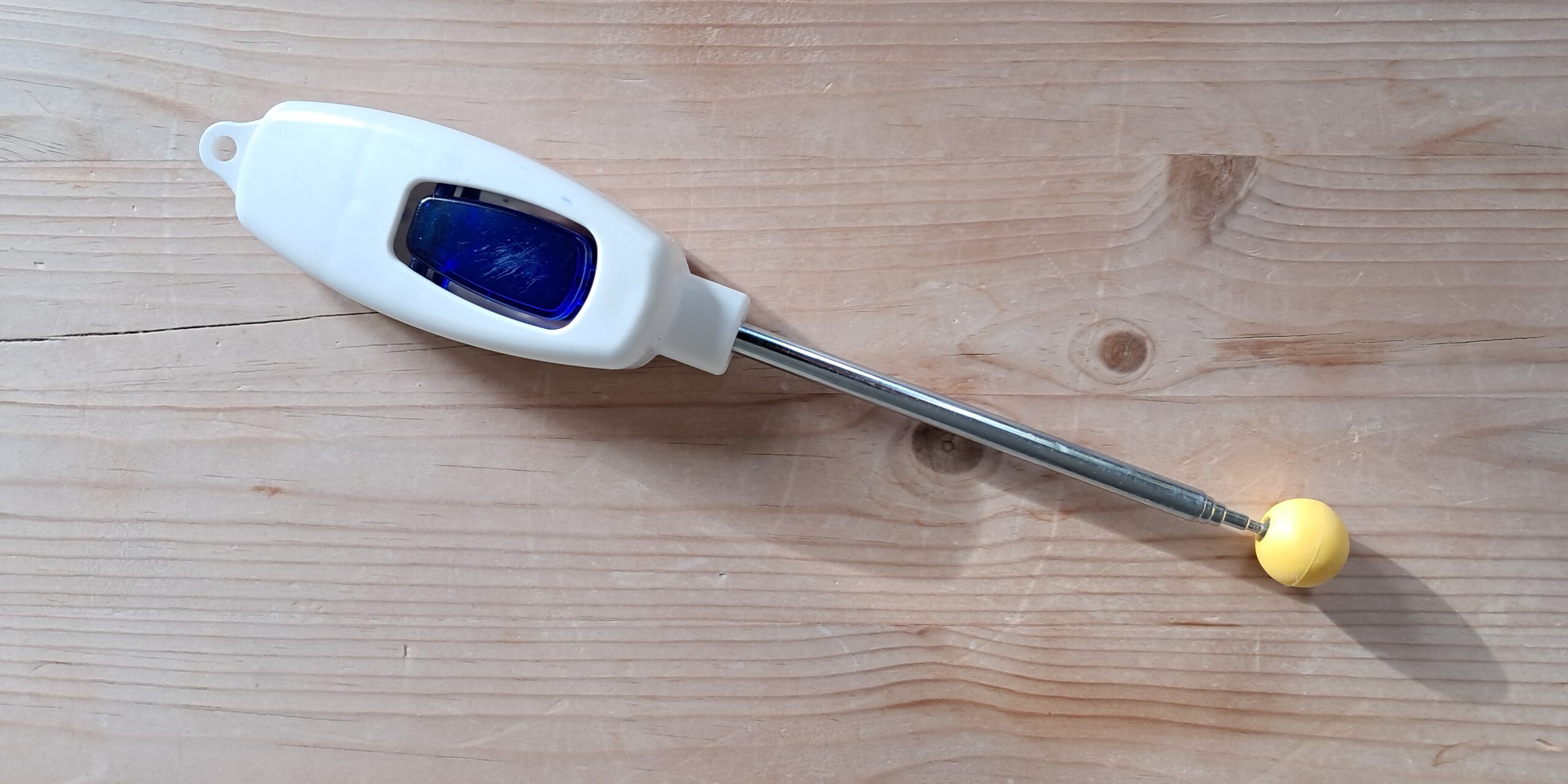
What is target training?
Targets can be used on various objects as mentioned above AND with different body parts. Which means that the dog can use different body parts to touch the target, such as their nose, paw, chin, or stomach.
Effectively using targets can enhance training and strengthen the bond between the dog and handler and target can be used for various purposes, including:
-
- Behavioral Cues: Teaching a dog to touch a target can help guide them to perform specific behaviors or actions, like sitting, lying down, or going to a designated spot.
- Focus and Engagement: Targets can help keep a dog focused and engaged during training sessions, especially in distracting environments.
- Positive Reinforcement: When a dog successfully touches the target, they can be rewarded with treats, praise, or play, reinforcing the behavior.
- Complex Tasks: Targeting can be a building block for more complex behaviors, such as agility tasks or service dog functions.
Target training is versatile and can be applied in various training contexts, from basic obedience to advanced tricks, improving the overall training experience and the bond between the dog and handler.
- When the dog performs a target behavior, the target can serve as the trick og skill itself, such as placing its belly on the mat in the dog bed.
- Or the target serves as a helpful tool in teaching the dog new skills. For instance, using a learned "paw target pad" in the hand when the dog is learning the trick "high five". Once the dog understands that it needs to place its paw against the palm with the pad, we can gradually remove the "paw target pad".
When training a dog to use various targets and body parts in target training, it can be helpful to teach the dog to associate certain target objects with specific body parts. For example: a plastic tag = paw, a piece of cloth = nose, a small mat = belly. These learned target objects can be used in the training of new skills and tricks.